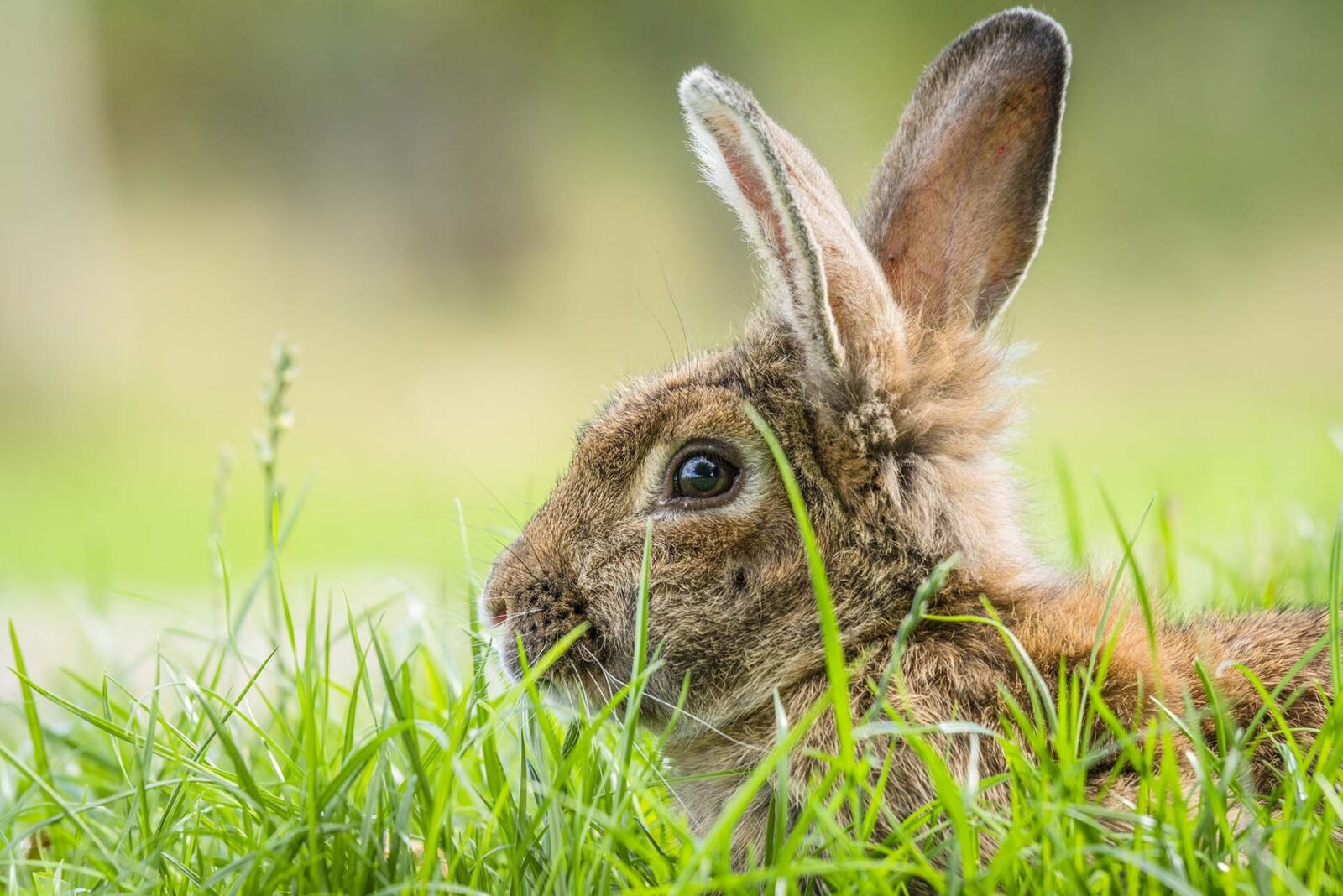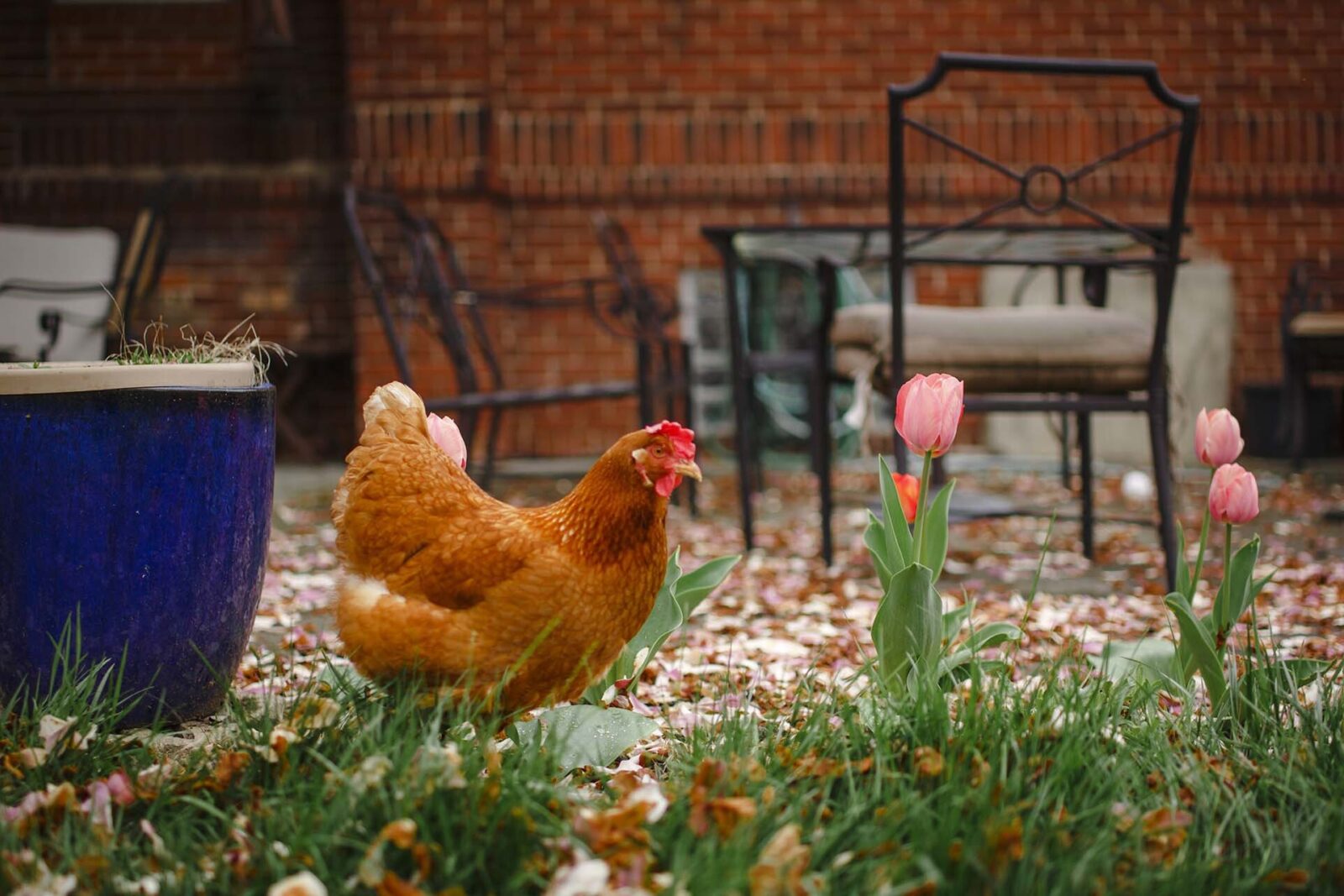
Backyard animals can play a critical role in a healthy garden. From free fertilizer from their manure to increasing the speed of composting, there's tangible and intangible perks to a new pet. There is a cost in the form of time and expense, but raising chickens and other small animals can bring big rewards.
Start with the animal
Interested backyard farmers should start by consulting their local zoning departments. Some zip codes do not permit the raising of chickens and other small animals or they may place restrictions on the number of animals.
According to Vern Nelson in an article in find Gardening, you should only purchase chicks, and other small animals from a reputable dealer. This is the most critical investment you will make so get good animals and be sure to pick up a handbook and read-up on best practices for raising your animal.
Home is where the animals lives
According to Nelson, chickens need shelter from rain and drafts, a dark place to lay eggs, a roost (a stout 2- to 3-inch-diameter branch or dowel), and at least 2 to 3 square feet of floor space per bird. A fenced perimeter with fencing over the top keeps poultry in and predators out. Three hens are enough of a flock to process kitchen scraps, patrol for weeds and insects, and produce eggs.
Rabbits are another great ally for your backyard garden. They are very hardy animals, but they don’t like to get wet. You should shelter each in a large wire cage (30 x 36 x 18 inches high) in a hutch conveniently located above the compost piles. A broad roof shelters the rabbits from the rain and plan to have some sort of covering to keep out wind and snow if needed. Nelson uses three cages — one for the buck, one for the doe, and one for growing out the young (called kits). Each cage needs a feeder and a waterer.

Room to roam
Happy animals like to stretch their legs. It's proven that happy animals are healthier and live longer. So in timed intervals open the cages and let chickens wander. Be sure to keep an eye on them and don't leave them out permanently as they can do some major damage to your yard. A good option is to build a poultry run for the chickens — a well-drained path that provides shelter from sun, rain and wind.
The ground of your garden or run can be covered in cedar shavings which will keep out mites and flies and give your yard a nice odor. And if you want to really make your chickens happy keep the straw in the chicken coop fresh by replacing 2-3 times per year.
Harvesting the benefits
In return for the investment in time and money, you get more than eggs. There’s a big pay-off in manure. There are several ways of using this precious commodity. The manure falls through the cage floors and automatically mixes with the compost below. You could instead put the droppings right into growing beds, or make manure tea.
Use spent poultry bedding from the chicken coop — a mix of straw and bird droppings — as a fast-draining covering for my garden’s dirt paths. The bedding keeps our feet dry, looks good, and feeds plants as it rots.
The chickens, who should have free access to compost piles of discarded waste and will turn that into manure. This rapidly speeds up the composting of chicken craps.
Now go out there and get your new backyard helpers and don't forget to get a handbook for properly raising the animals. Here's a good place to start for chickens.
